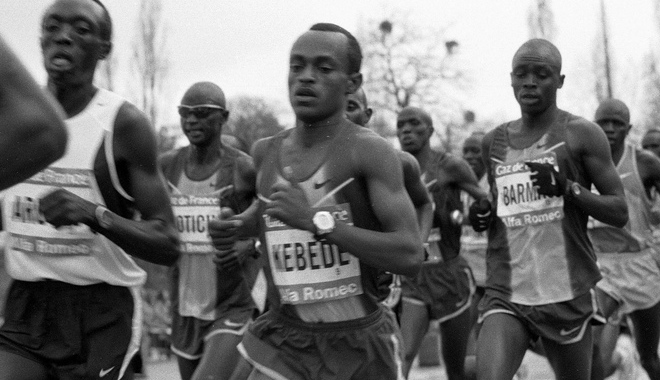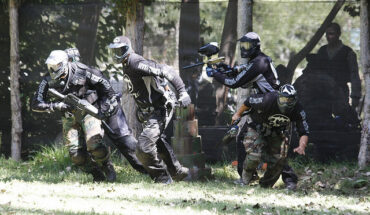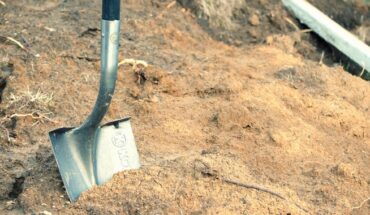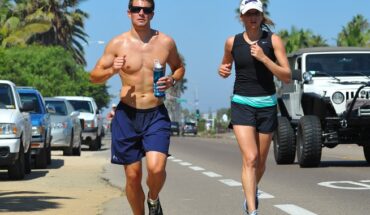
Creating a personal best requires an intimate relationship with pain.
If you want to do a marathon you’ll need to walk, jog, or shuffle 42.195 kilometres. Whatever way you do it, once you’ve crossed the line you’re a marathon finisher. You’ve done it. But most people aren’t satisfied with just completing a marathon.
Once you’ve done your first you have a personal best (PB). The next is about breaking your PB.
So how do you run a faster marathon?
For most weekend runners the answer is to jog further and further and further. Jog 34 ks in training and you’re pretty much guaranteed to complete a marathon in a decent time. Do that often enough and you’ll set a PB.
There’s no doubt that doing long runs at a slow pace is important but other factors are equally so. There’s stride efficiency but there’s also this thing called tempo.
Most good runners can run at a high tempo for a long period. This is done by improving the runner’s top speed – which is all about strength, flexibility and an efficient technique – and then learning to hold that top speed, or close to it, for longer and longer periods. The longer a runner can run at tempo the better.
But running at tempo isn’t easy. In fact it’s very hard. Not only must you have great technique but you also need to cultivate the ability to lean into the pain, to settle in to the new sensations of burning lungs and jelly legs or whatever it is that you go through during a period of peak performance.
During those moments the voices usually start. That voice that says, “Don’t hurt yourself,” or “Hey, just take it easy today. Do a hard workout tomorrow.” There’s a myriad of these little voices chirping away and each attempt to separate you from your physical experience. But they, too, are part of the peak experience. So, in just the same way as you become one with the pain, become one with the voices. Give them an opportunity to have their say. Don’t fight them but don’t engage with them. Just let them chat away, acknowledge them, then bring your focus back to the physical experience.
Bring it back to your breathing. Feel your breath flow in and out. Feel the tension in your forehead and the back of your neck. Relax your lips and your fingers. Relax the muscles in your face. Relax your toes. Focus on your technique, on your foot strike, on the drive from your arms. Soon, all that will be is your breath and your effort will become relaxed and not strained of forced. In that moment, there’s no struggle and no fear. Just breath and movement.
In these moments we begin to approach our peak. And it’s in these moments that we achieve longer, faster, stronger. Do that often enough and PBs will come your way.
Image: Vick the Viking on Flickr


